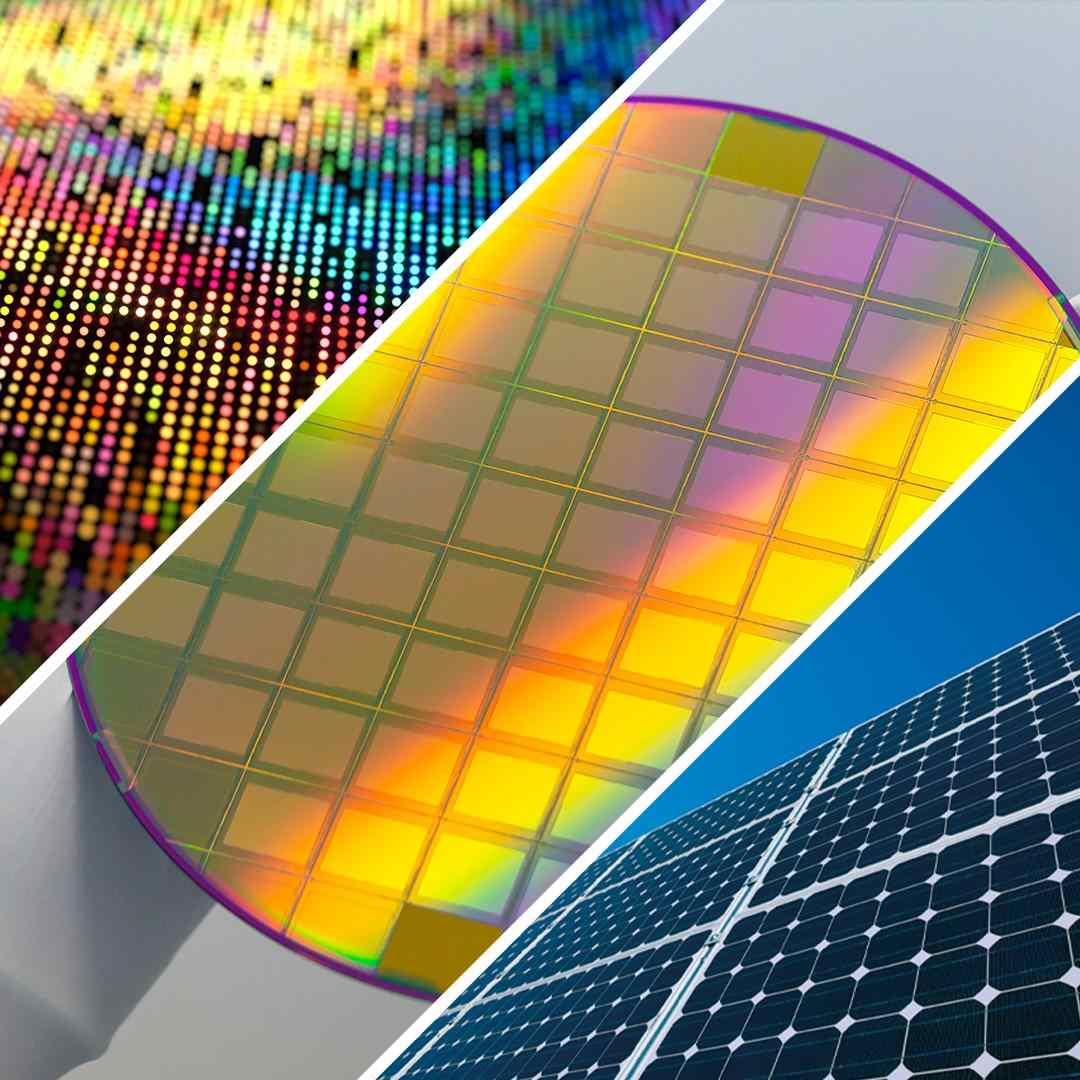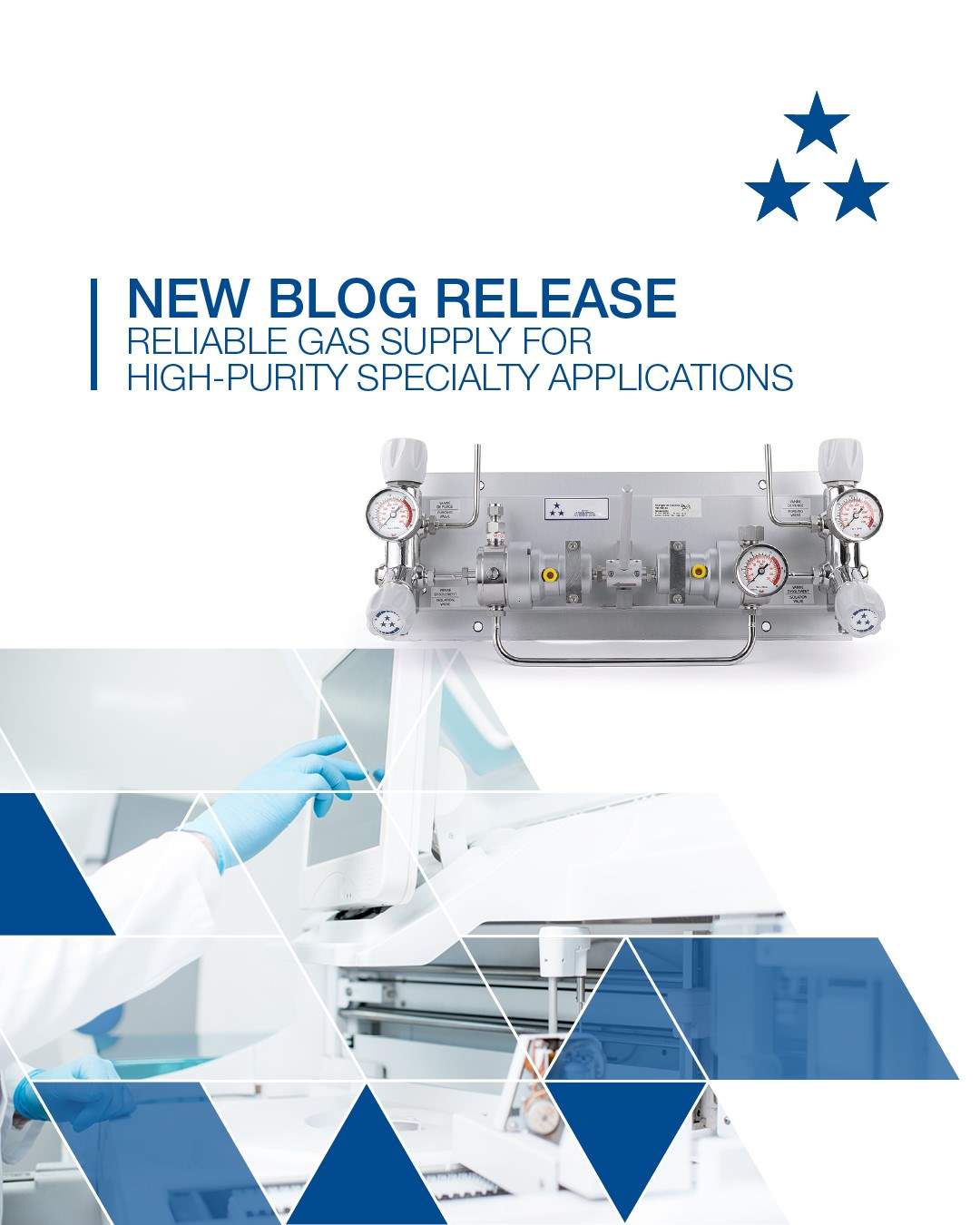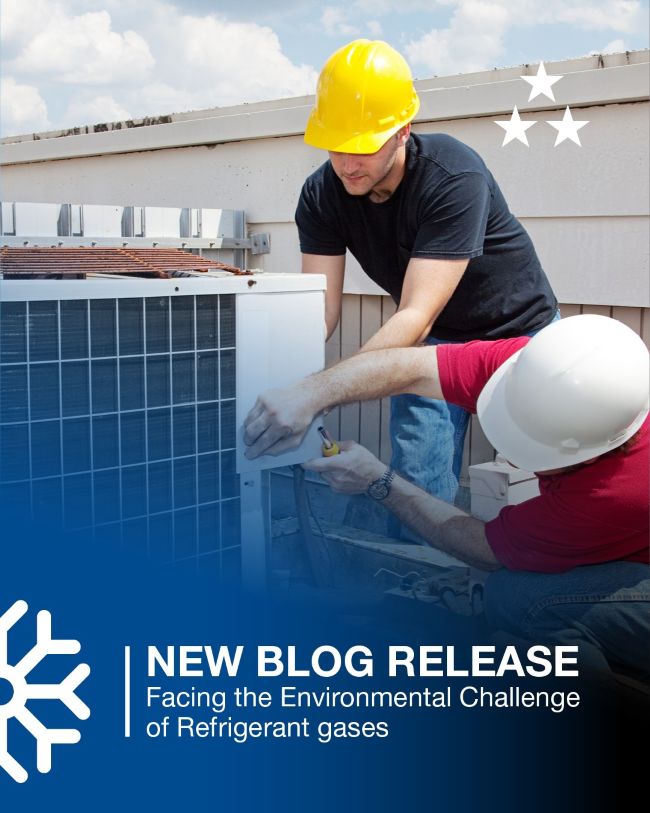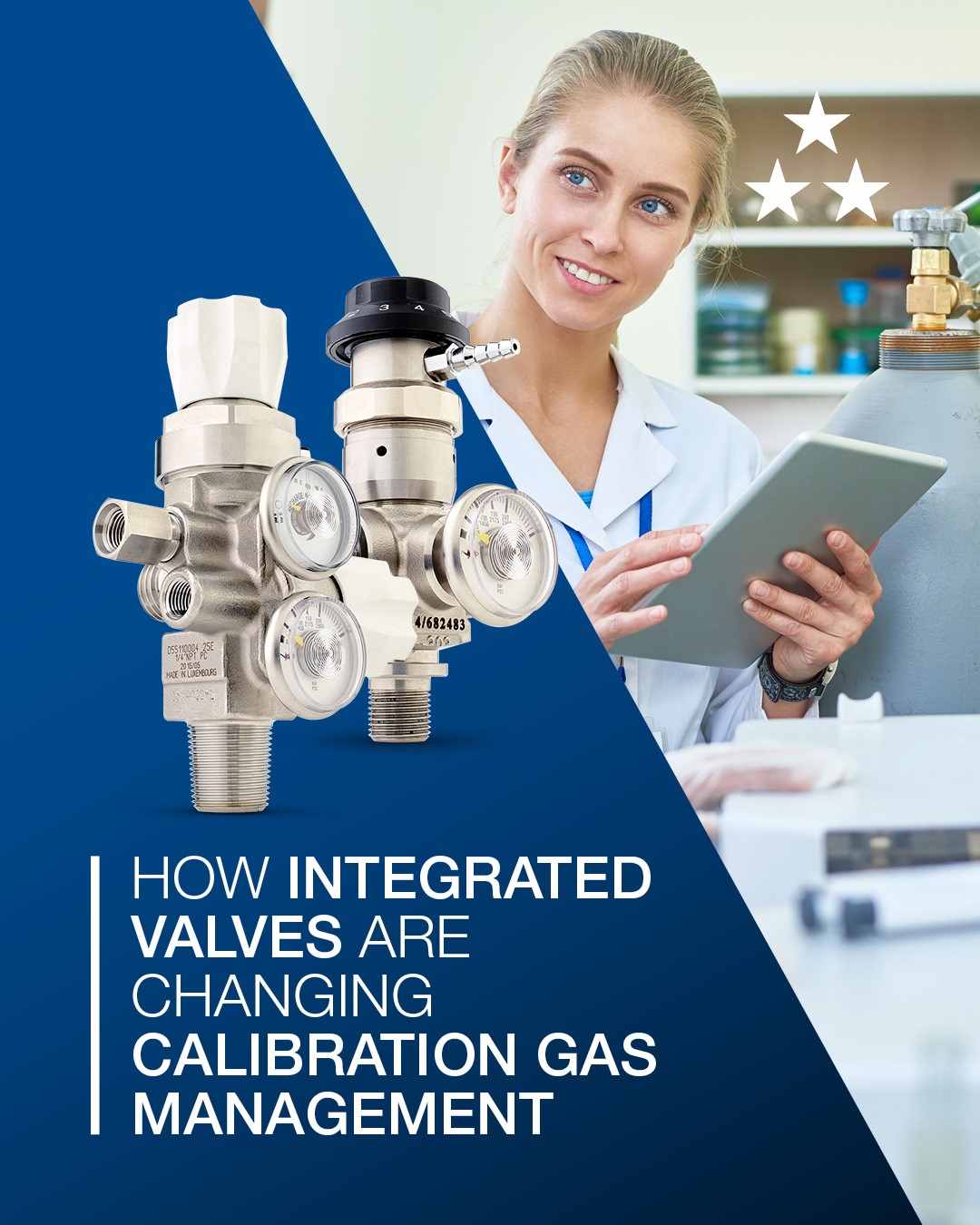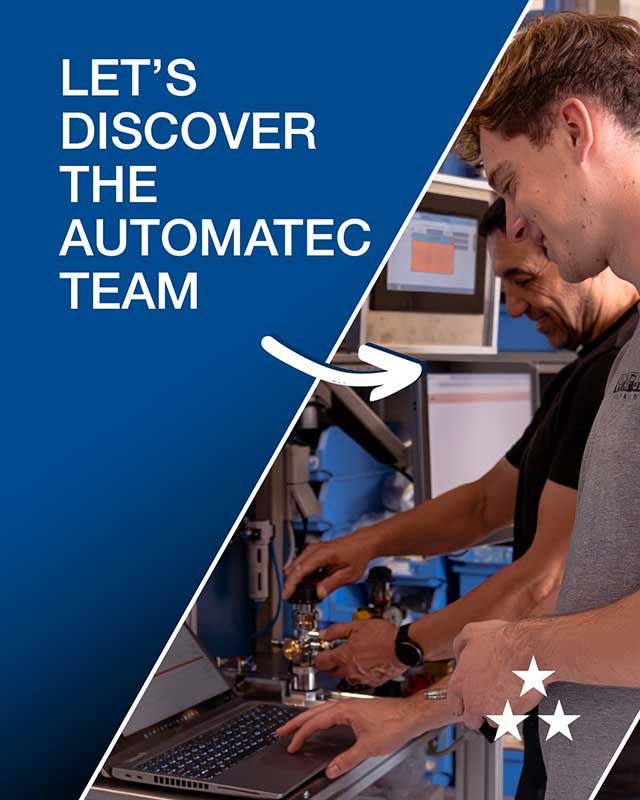How to Choose the Right Pressure Regulator for Your Laboratory
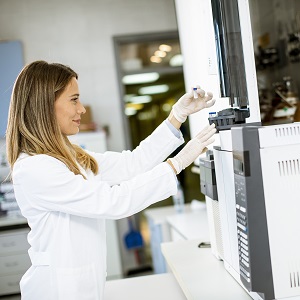
Use of Pressure Regulators in a Laboratory Setting
Pressure regulators are used to reduce the pressure of gas to a controlled, operable, and stable level that can be safely used for instruments or operating equipment. In a laboratory or research centre, gases can be distributed in experiments and other tests – this includes gas chromatography, gas sampling, or gas calibration.
First selection criteria
Rotarex offers its customers the following categories to manage the stability of the outlet pressure:
- Single stage regulators. They require the handwheel to be adjusted to reduce the outlet pressure and then readjusted when the inlet pressure fluctuates. Single-stage regulators are best suited to applications requiring higher flow rates.
- Double-stage regulators consist of two single-stage regulators assembled or fabricated in a compact body. The first stage regulates the gas to a predetermined intermediate pressure, which is then passed through the second stage to provide a constant outlet pressure. Double stage regulators in this respect are ideal for analytical gases, high purity gases and specialty gases.
- Rotarex's solutions also include the balanced valve technology. This technology balances inlet pressure fluctuations, ensuring a constant outlet pressure at all times. This technology has the advantage of being able to be used for high flow applications with a real control of the outlet pressure.
The 3 Regulator Technologies
Rotarex endorses three primary regulator technologies that serve different functions and types of gases. These pressure regulators technologies are:
- Diaphragm
- Bellow
- Piston
Diaphragm technology is the most advanced and common regulator technology due to its high degree of accuracy. Its reliability and adaptability make it one of the most sought-after pieces of equipment in laboratories, with its compact design and low dead volume allowing easy purging. Stainless steel membranes are particularly useful for specialty gases.
Just as diaphragm technology has a specific use, so does bellows technology. Bellows pressure regulators excel with their controlled accuracy of outlet pressure, especially at lower flow rates. Its superior performance and sensitivity make it the ideal regulator for gas chromatography.
The third technology used by Rotarex in the regulator range is piston technology. Here the regulator is designed to control higher outlet pressures. Although the piston regulator is less sensitive compared to the other technologies, it exceeds expectations due to its reliability and ability to withstand outlet pressures in excess of 50 bar.
Additional technology that works ideally with membrane technology
While the three main technologies work with extreme precision, there is an additional solution that easily combines with diaphragm technology - the cartridge.
A membrane regulator can be enhanced by the addition of a cartridge containing a sintered filter that improves its overall performance, making it a state-of-the-art piece of equipment that can fit perfectly into any laboratory or research facility.
The filter provides excellent filtration without inhibiting gas flow, allowing for greater accuracy in test or experimental results.
Final thoughts
Successfully identifying your initial needs will allow you to determine the perfect Rotarex regulator that provides accurate and consistent results every day. When selecting a pressure regulator, be sure to keep the following in mind before making a final decision:
- Gas type (Body materials including O-rings, seats, diaphragm and filter). Our regulators are only suitable for use with gases in a gaseous state, so please be aware of the conditions of use for liquefied gases;
- Purity of gas;
- Inlet and outlet pressures;
- Flow rate;
- Working temperatures;
- Application (cylinder connections, mounting options, outdoor or indoor environment, etc.).
If you are unsure of the right regulator to use, Rotarex will provide you with all the relevant details to help you make the most informed decision that contributes to the success of your organization.


